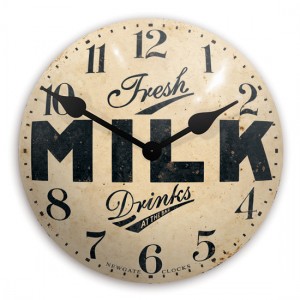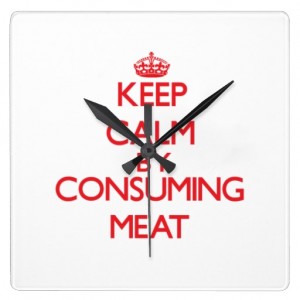Food for Thought and Thought for Food (Part 2)
By Sara Esther Crispe: March 30, 2014: Category Decoding the Tradition, Inspirations
Separating Milk and Meat
 Life is so much more than the parts involved. And how we time and combine what we have and what we do is essential. Doing the right thing at the wrong time is often just as problematic as doing the wrong thing altogether. It doesn’t really help if you show up to your best friend’s wedding the next day. Likewise, combining things that simply can’t be mixed together creates a whole different set of issues.
Life is so much more than the parts involved. And how we time and combine what we have and what we do is essential. Doing the right thing at the wrong time is often just as problematic as doing the wrong thing altogether. It doesn’t really help if you show up to your best friend’s wedding the next day. Likewise, combining things that simply can’t be mixed together creates a whole different set of issues.
When it comes to keeping kosher we see this clearly. You can have kosher milk but mix it with kosher meat and it is just as non-kosher as pig. Or eating challah on Shabbat is a mitzvah, whereas eating it on Passover is a major no-no. Then again, if one eats matzah on Yom Kippur there is likewise a huge problem. So too in life, we need to ensure that all of the ingredients we use are proper but more so, that we combine them the right way and ensure they are being utilized at the proper time.
One of the most known aspects of keeping kosher is that milk and meat cannot be combined. But why? The source in the Torah teaches us that we wouldn’t want to risk cooking the meat of the kid in the milk of its mother. From the get go this shows us the importance of empathy and compassion, even when the one we are being empathetic and compassionate towards will never know. We are required to do the right thing because it is the right thing—not for the sake of acknowledgement from others. It is for our emotional development that it is vital that we are sensitive to others.
But then we must address why there is a lengthy separation between the consuming of milk after meat whereas hardly any time is needed after eating milk to eat meat.
Milk represents life. Think nursing mother. The milk is what sustains, what nourishes, what provides sustenance for growth and development. Milk is white. Kabbalistically it represents love. We refer to Israel as the land of ‘milk and honey’ for its sweetness and how it enlivens all who live within. And physically, dairy is easily digestible so after one eats milk products it does not take very long for it to work its way through the system.
Meat however is a different story. Meat represents a life cut short. We do not consume the meat from an animal that has died of natural causes but rather from an animal whose life was taken specifically for the purpose of being able to utilize its meat. Meat is heavy. In color it is red, and represents intense emotions. Physically we know it takes the body a long time to break down the meat and digest it.
Life, all life, has great value. Never can loss of life be taken lightly. When one unfortunately loses a close relative, the mourning process of shiva is observed. Shiva is a week in length, yet in practice is six days as one does not mourn on Shabbat. So too a connection is made towards mourning the death of the animal. When an animal’s life is taken, it deserves respect, acknowledgement and a level of awareness of the sacrifice it gave for our nourishment and sustenance. After we eat a meat meal, we wait six hours which parallel the six days of shiva.
Furthermore, when it comes to our emotions, they take time to work through. We have both milk and meat in our lives. We have the aspects that are light, positive and forward moving, and we have the difficult, hard and challenging aspects. It takes no time at all to move from happy to sad or happy to angry. It can be instantaneous. But once we are dealing with a difficult emotion, it takes time, significant time, to be able to switch back to a place of calm and ease.
We need to give ourselves the space to work through our emotions. E-motion, to put into motion. Judaism discusses six primary emotions that relate to the six directions. We even use the spatial imagery emotionally. We take about feeling up or down, that we are moving forward or backwards. And then we have side to side. When we are exploring the range and width of our emotions with the left representing the boundaries in our lives, the severity, and the right that of lovingkindness.
 There is no escaping that in life we will deal with challenges and intense situations. The question is when we do if we give ourselves the time we need to properly heal which requires working through the range of emotions that we will face.
There is no escaping that in life we will deal with challenges and intense situations. The question is when we do if we give ourselves the time we need to properly heal which requires working through the range of emotions that we will face.
So when we think about milk and meat we need to be cognizant of life and death, positive and negative and always sensitive and empathetic to the situations we face and those of others. And when the proper time and separation between these two forces are maintained, then even the seemingly negative can be transformed into something positive where we become that much stronger, that much more resilient and that much more appreciative of the goodness in our lives.
http://www.interinclusion.org/inspirations/food-for-thought-and-thought-for-food-part-3/
http://www.interinclusion.org/inspirations/food-for-thought-and-though-for-food-part-1/














;)
;)
;)
;)
;)
;)
;)
;)
;)
;)
